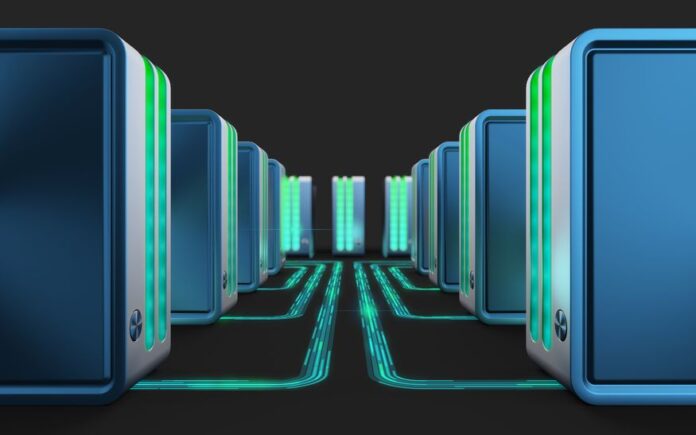As software-defined network architectures move into the mainstream, a number of challenges and trends are emerging. RCR Wireless News asked Roark Pollock, VP of solutions marketing for Ixia, to weigh in on the company’s perspective on momentum in the SDN and network functions virtualization market, key considerations for a virtualization strategy, and differences in testing and monitoring in a virtual environment.
RCR Wireless News: What trends does Ixia see in the SDN/NFV market, particularly in enterprise and within telecom carriers?
Roark Pollock: SDN and NFV, or virtual networking in general, is simply part of a continued virtualization trend. Compute virtualization gained mainstream acceptance in enterprise and telecom organizations some time ago as they rushed to virtualize their server infrastructure to improve overall data center agility, efficiency and costs. Virtualized networking has gained good traction in enterprise data centers, most commonly through the use of network overlay solutions. But, most recently critical business needs are driving telecom carrier investigations and designs for virtual networking in their core networks. These carriers want to do more than simply provide a pipe for others applications. Therefore, they are looking to the agility and elasticity provided by SDN and NFV as a method for easily offering differentiated services. SDN and NFV networks also provide a means for carriers to reduce network costs and avoid vendor lock-in when compared to more traditional networks.
RCRWN: How rapidly do you see software-defined network architectures being adopted?
Pollock: Software-defined network architectures are not new, but there are new approaches that may change the networking industry forever. In fact, the industry has been using a variety of virtualized overlay solutions like virtual local area networks for some time. But the rate of adoption of SDN and NFV will be driven by specific business needs within each vertical market and individual company. Therefore, organizations like telecom carriers that have near term business needs that can be addressed with SDN or NFV deployments will lead the way. But companies that are concerned with network resilience and performance will follow as the technologies mature. The networking industry will be in a transitional or hybrid period for several years, and only after the transition will we look back and identify the real inflection or tipping point.
RCRWN: How do testing and monitoring of SDN architectures differ from traditional hardware-based networks?
Pollock: The process of testing and monitoring software-defined network architectures do not fundamentally differ from traditional hardware based networks. The need to validate overall network reliability, performance and security during the design and deployment phase, as well as the need to maintain end-to-end active and passive monitoring and security within the production network, will never change. But the tools and methodologies we use to execute these tasks will. For instance, in monitoring today’s traditional networks, companies typically tap into the network traffic, groom that traffic with a network packet broker and deliver the data to analytics tools that may be centrally located. Software-defined network architectures may change this approach. Instead, the approach will use virtualized tapping, network packet broker capabilities and analytics tools to bring the analytics to the data instead of the data to the analytics.
RCRWN: What are some of the primary challenges for implementing and testing SDN architectures?
Pollock: There are three key challenges in implementing and testing software-defined network architectures. The first is the need to ensure that new networks will perform as expected once they are deployed, and they will perform as well as, if not better than their traditional counterparts. The second issue is skill sets. There is a mature traditional networking labor market to draw from today. And there are good training mechanisms in place for people to maintain those skills. But software-defined networking architectures require new skill sets for deployment, management, troubleshooting and security which the industry is not ready to address at scale yet. And finally, companies need to build in the monitoring capabilities from the beginning as they design new SDN and NFV networks. Visibility and security should not be an afterthought.
RCRWN: What do you think should be key considerations as a company thinks about adopting an NFV/SDN strategy?
Pollock: First, companies need to test their designs to ensure they will perform as expected – both during the design and vendor selection phase and during turn-up verification. They also need to address the skill sets issue that will likely arise during these network migrations. And finally, visibility, monitoring and security have to be designed in from the very beginning. Leaving these as an afterthought is a recipe for disaster, even more so with new network designs than with traditional networks.
Image: animind / 123RF Stock Photo

